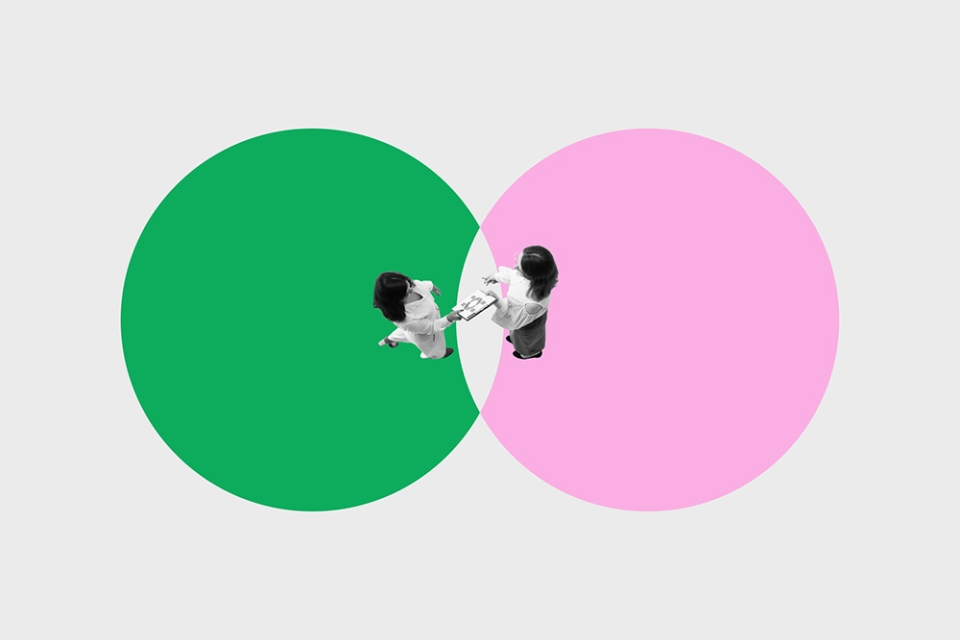“Since we won that new contract we’re struggling to cope with the increased demand”.
As buyers progress through the phase, these needs develop and eventually are firmed up into a clear want or desire, for example:
“We really must increase our production capacity”.
The key questions the customer is asking are “Should we change and is it worth changing?”.
In summaryAs customer needs develop they are influenced by several factors; previous experiences, advertising and marketing messages, the advice of third parties and sometimes potential suppliers – both you and your competitors.To get the full picture on the differences between what world-class and typical sellers do at each stage of the customers journey, download the whitepaper below. |
World-class sales organisations will be:
Typical sales organisations will be:
|
Video transcription: The Buying Cycle™ is the distinctive psychological phases that the buyer goes through when making a decision in a complex sale. Our research showed us the differences between what typical and world-class organisations do for their customers at each stage.
In the phase we call Recognition of Needs the customer becomes aware that the way things are is no longer good enough. Their needs usually emerge as problems, not as fully formed desires for a specific product.
Average sellers at this point are still limiting their contact to routine of service fulfilment meetings with existing customers and have no contact at all with potential customers. In fact, they’re waiting for inbound enquiries. Whilst world-class sellers are working with their prospect to uncover and develop the needs especially around their key differentiators. They’re also influencing those needs so that they’re most closely matched to their solutions.
This means that as the customer progresses into Evaluation of Options they are weighing up all the options they see based on the needs that were created in cooperation with the world-class seller.
In the next video we’ll look at what the differences our research showed between typical and world-class organisation’s in Evaluation of Options but to get the full picture on those differences, Download the whitepaper below.



.jpg?width=675&name=help%20(1).jpg)






.webp)